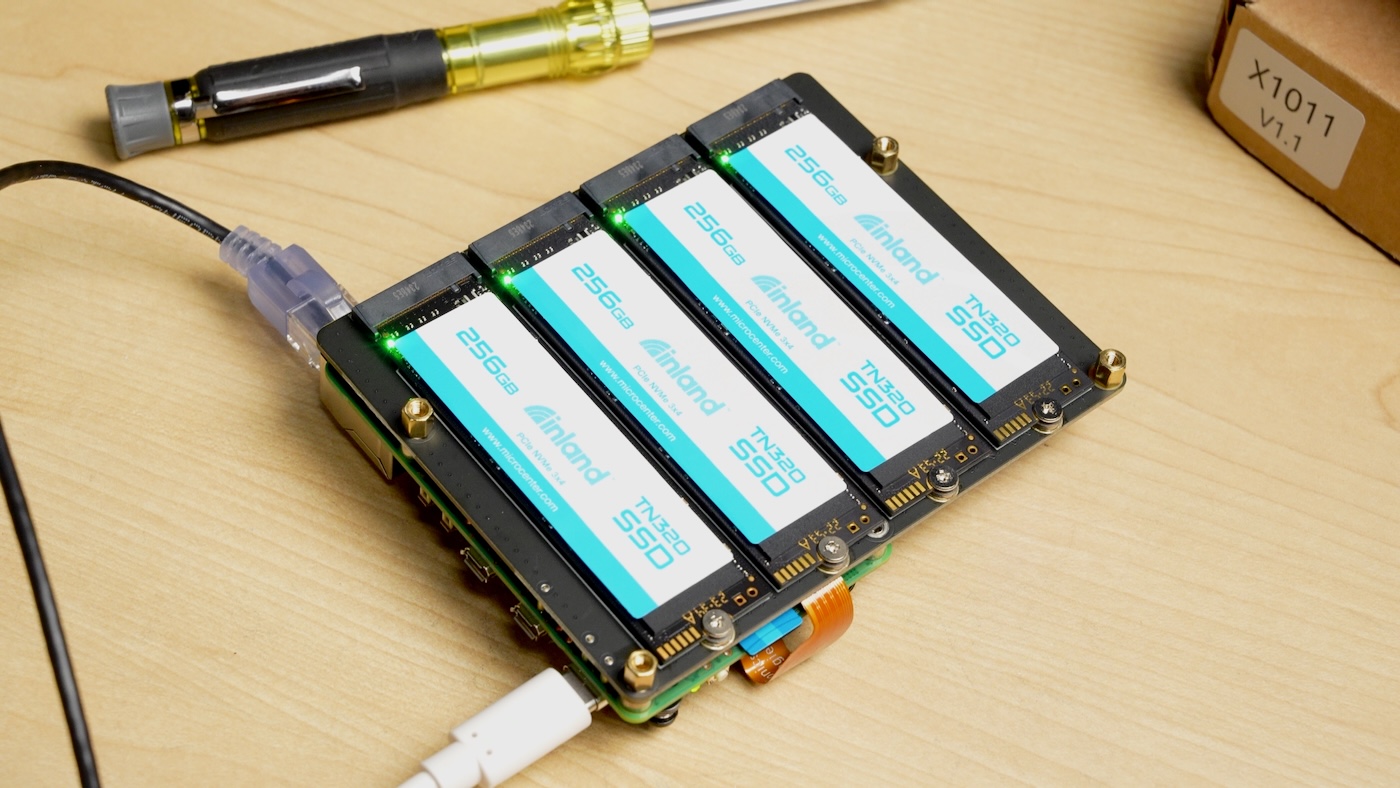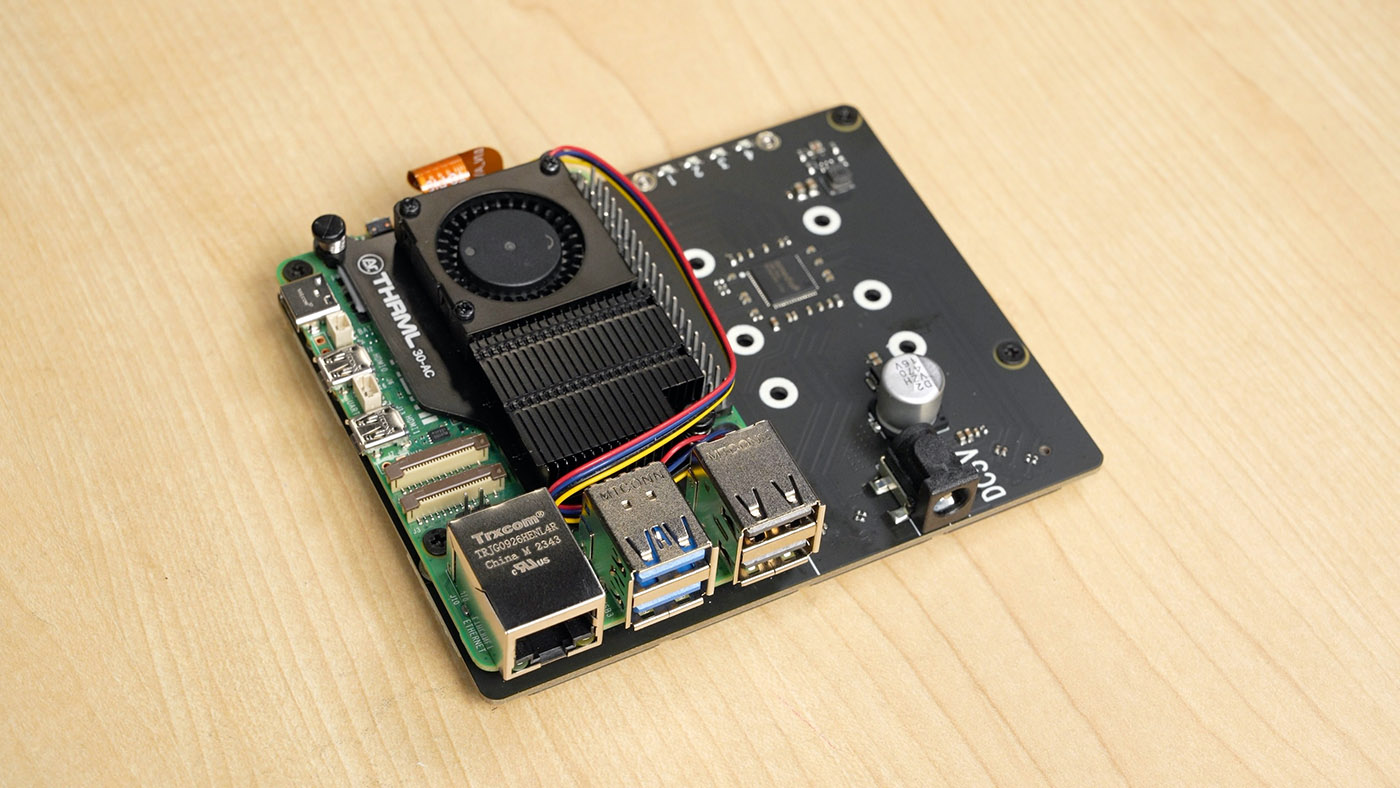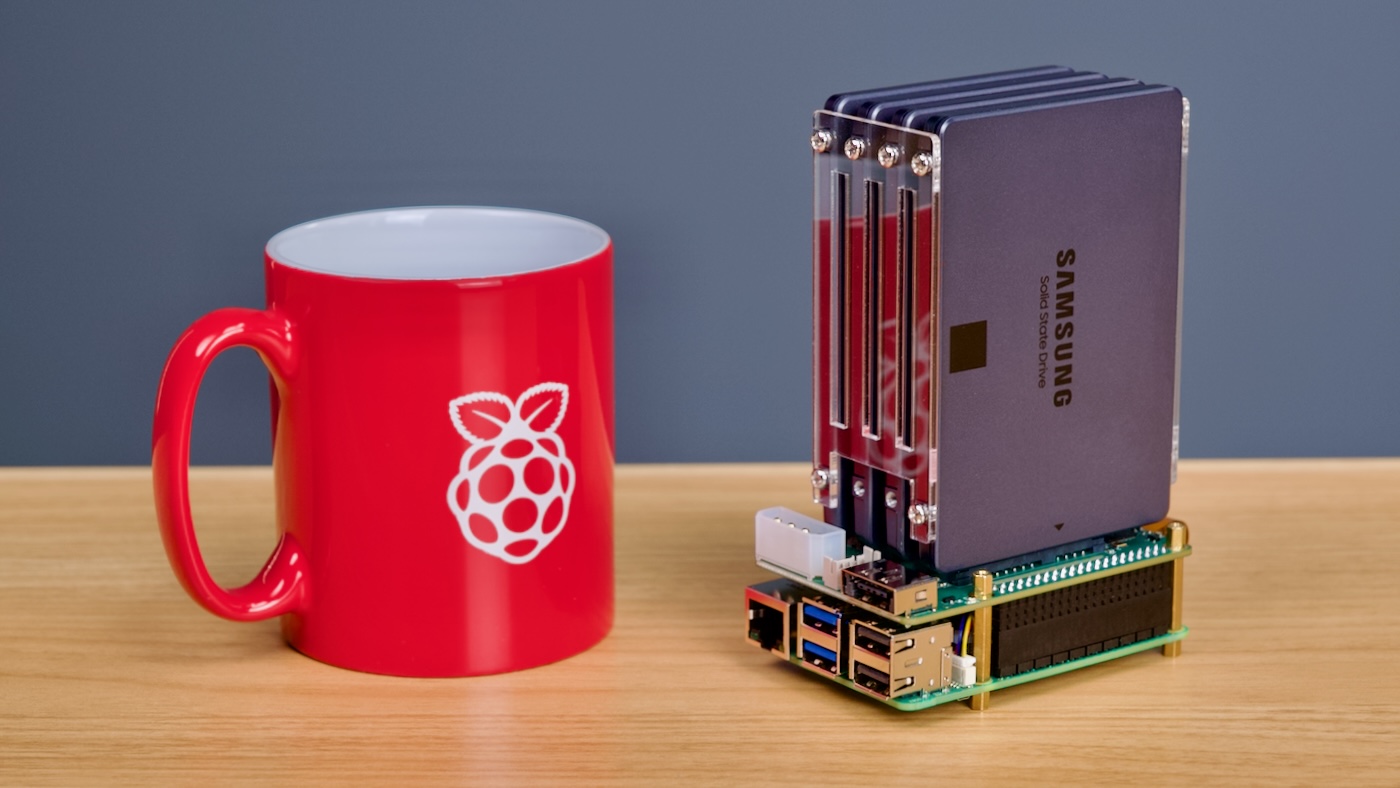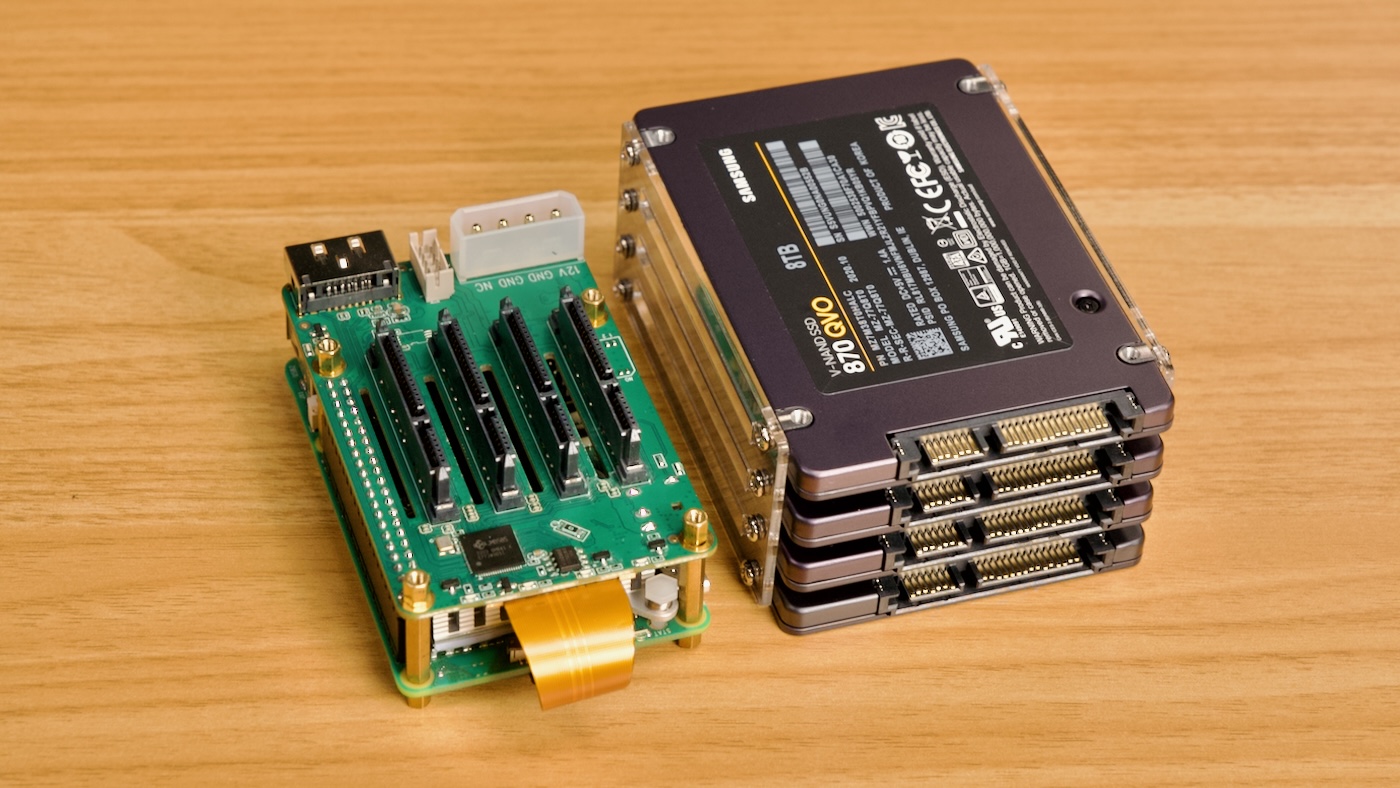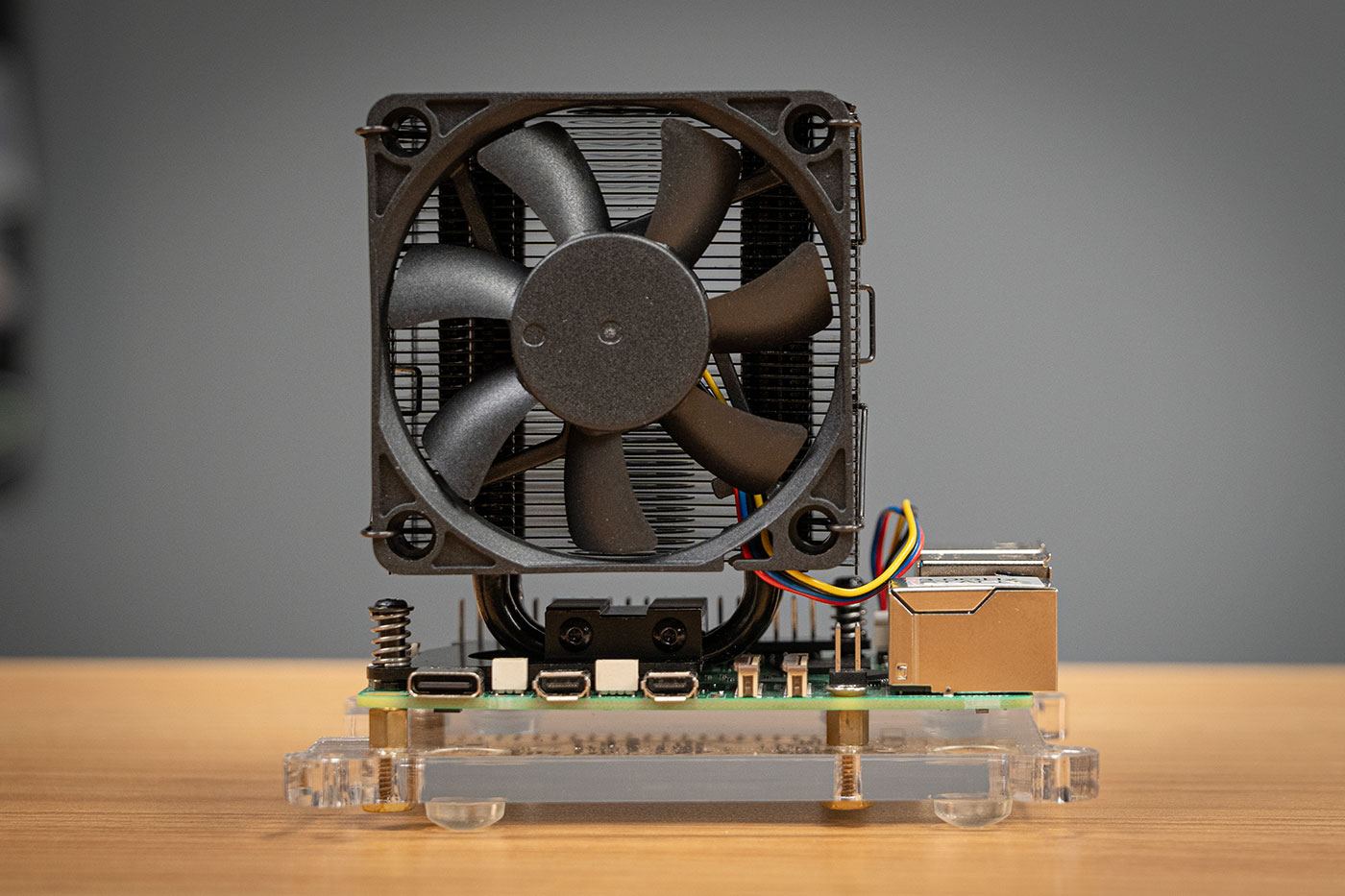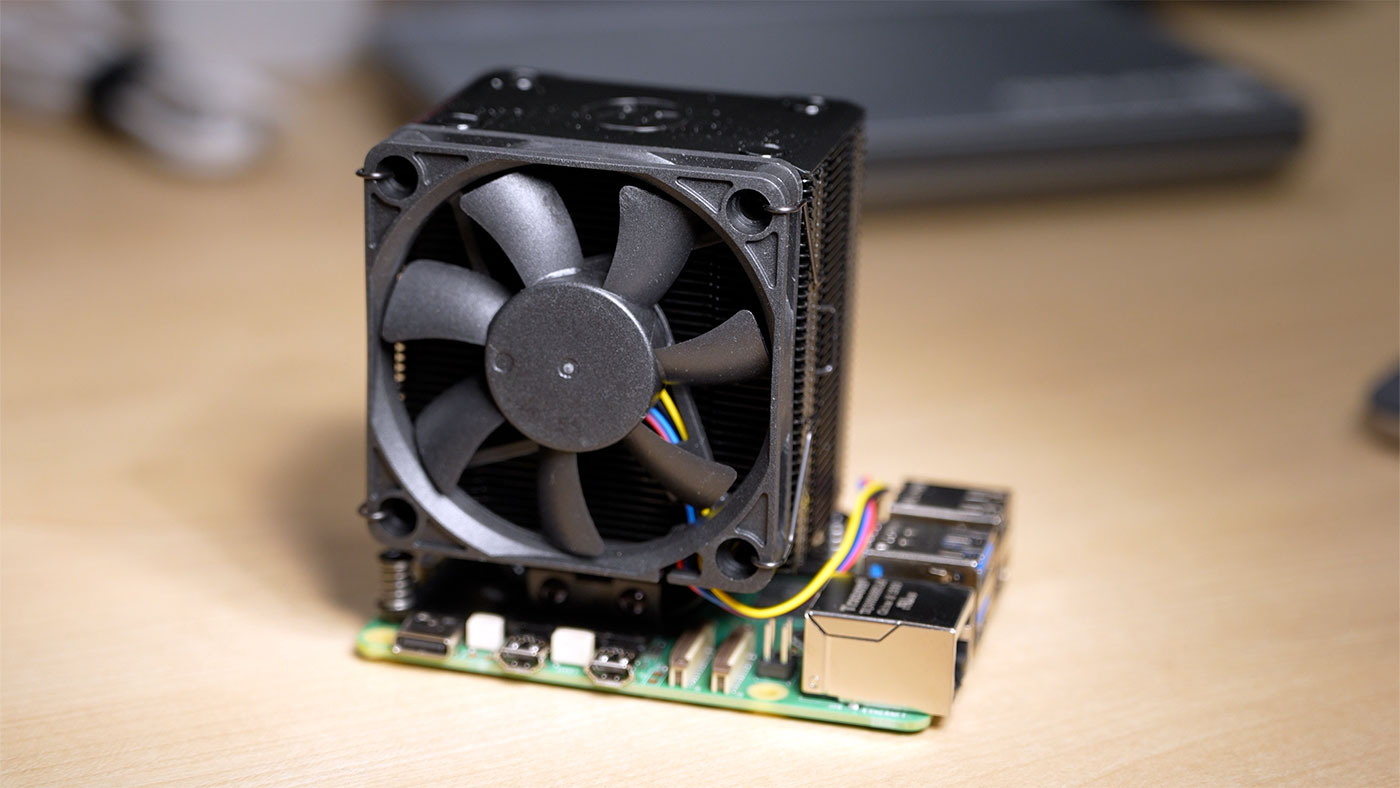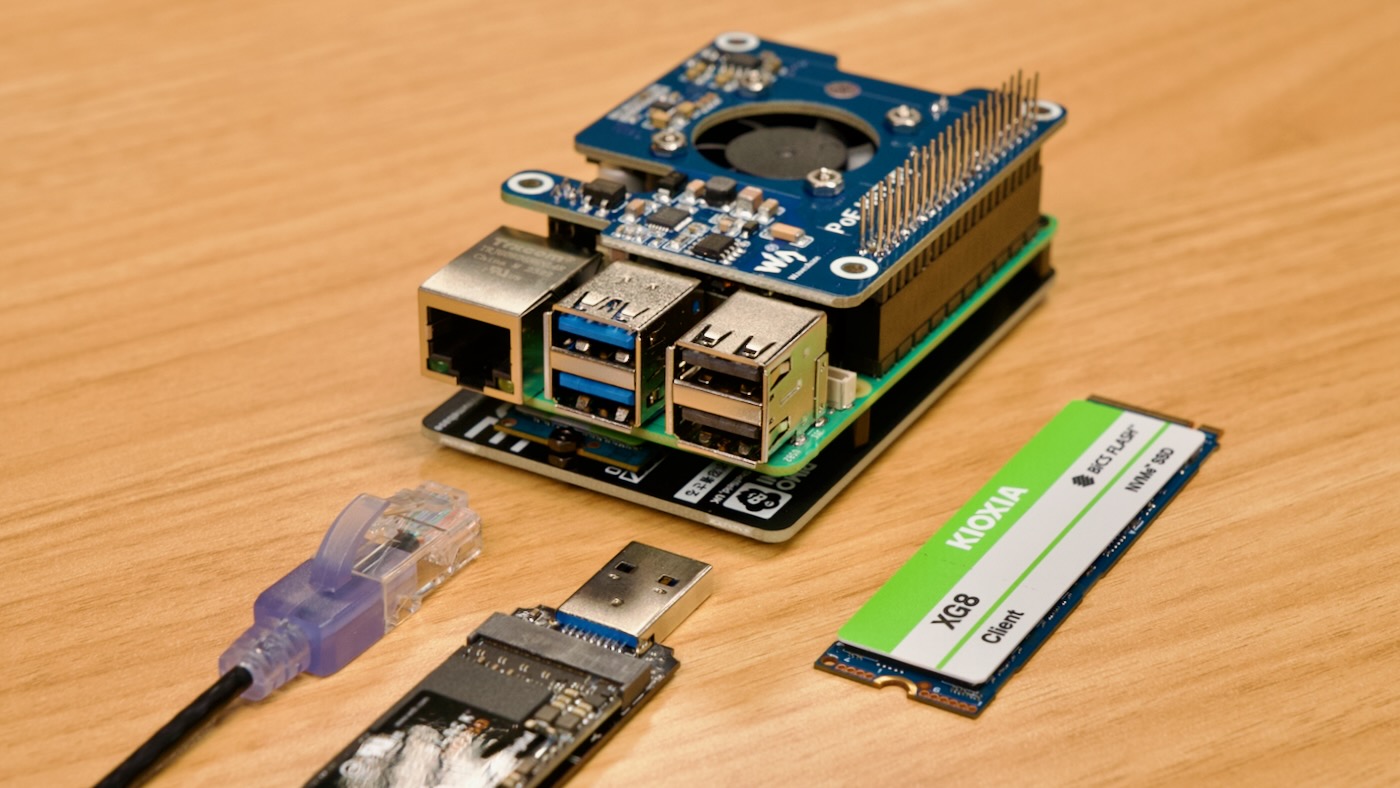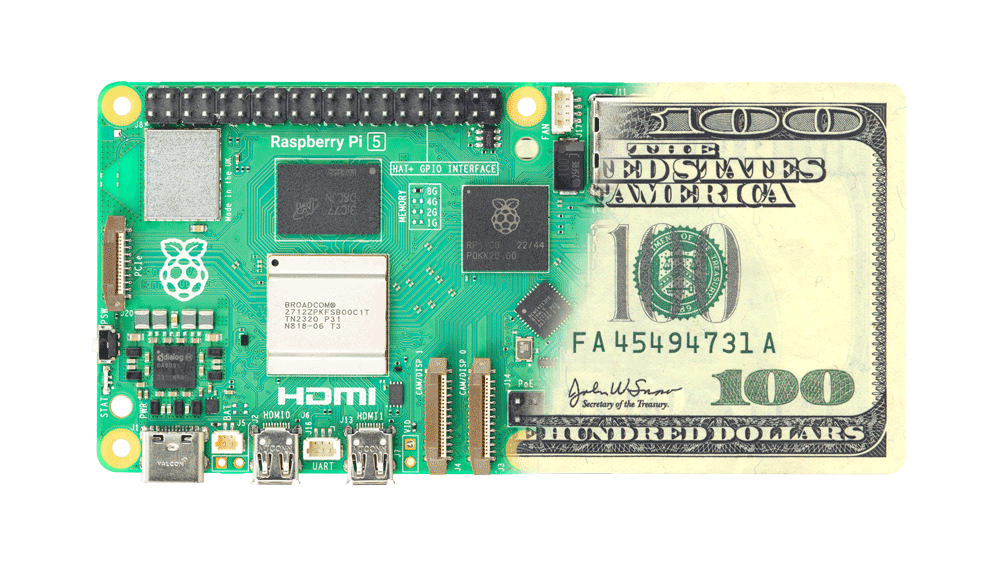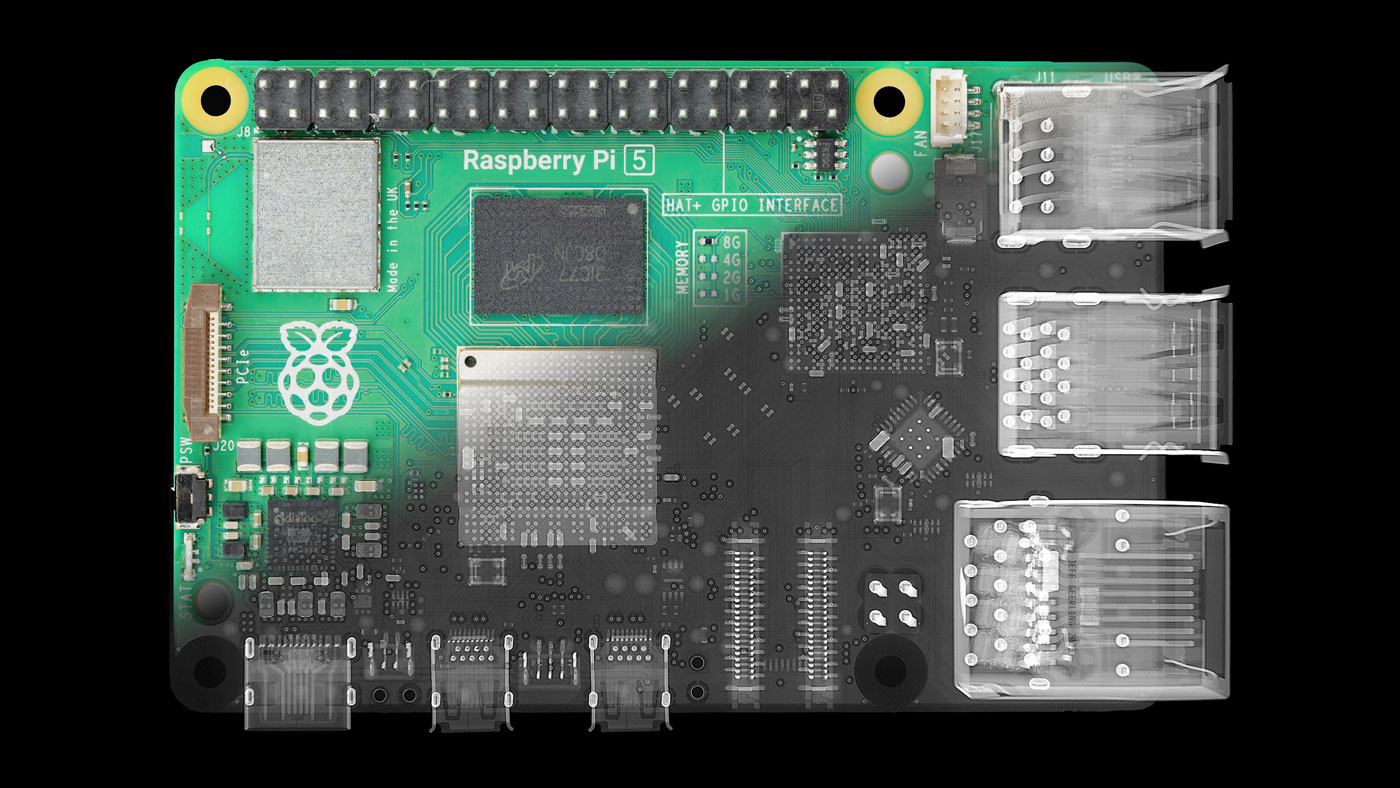Can the Raspberry Pi 5 handle 4K?

In the past, I've booted LibreELEC on the Raspberry Pi Compute Module 4 in my "This is not a TV" Sharp NEC display.
According to LibreELEC's Pi 5 blog post, the new BCM2712 SoC decodes 4K and 1080p content just fine in H.264, and supports HEVC 4K60 hardware decoding.
And they've tested AV1, VC1, and VP9 at 1080p with no issue, though 4K in non-native formats does encounter frame dropping.
I wanted to put the Pi through some testing of my own, now that the Pi 5's been out for months, and LibreELEC version 12 is stable.

